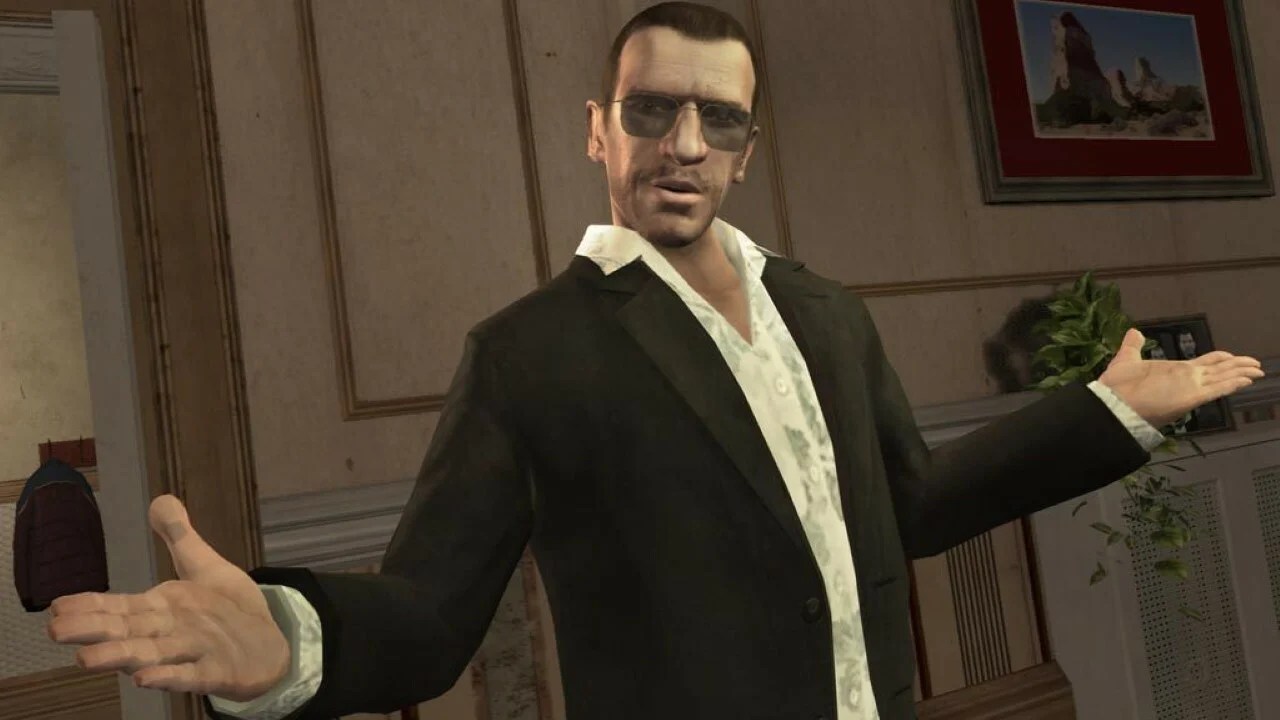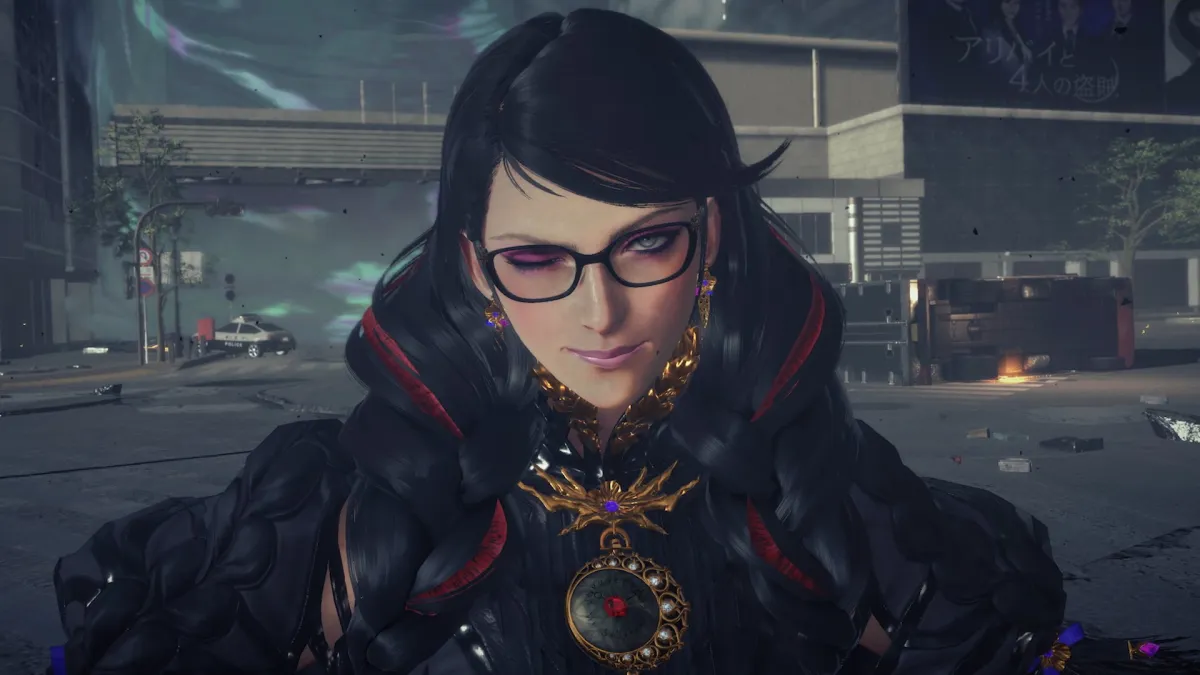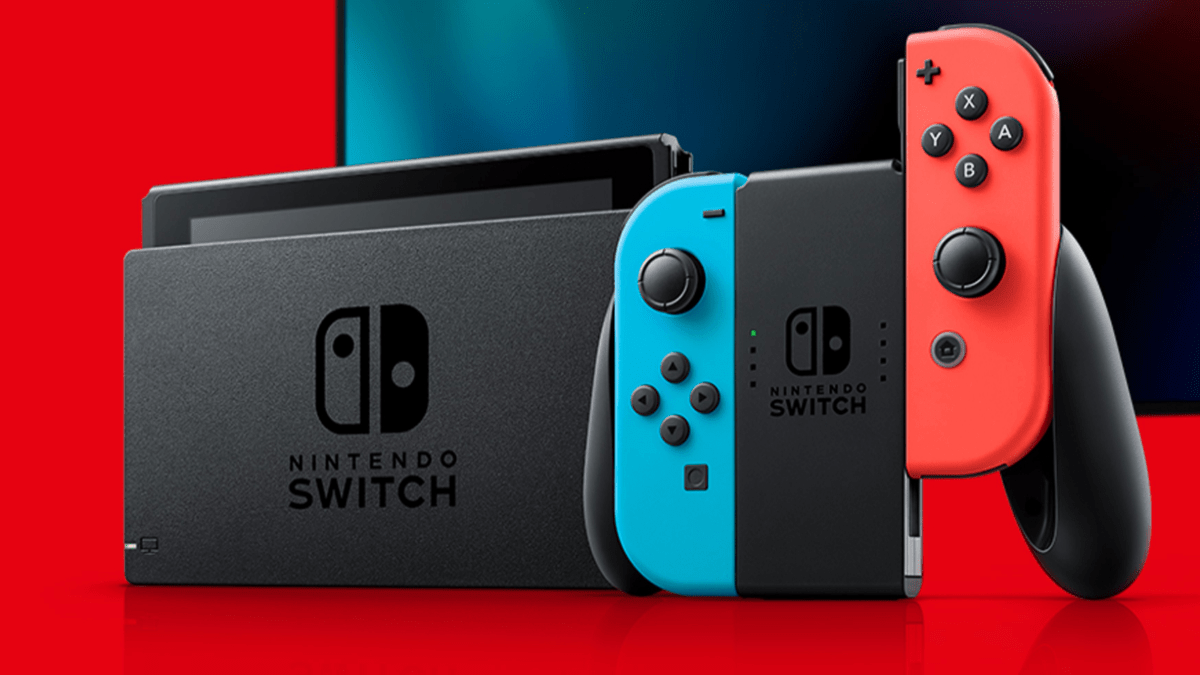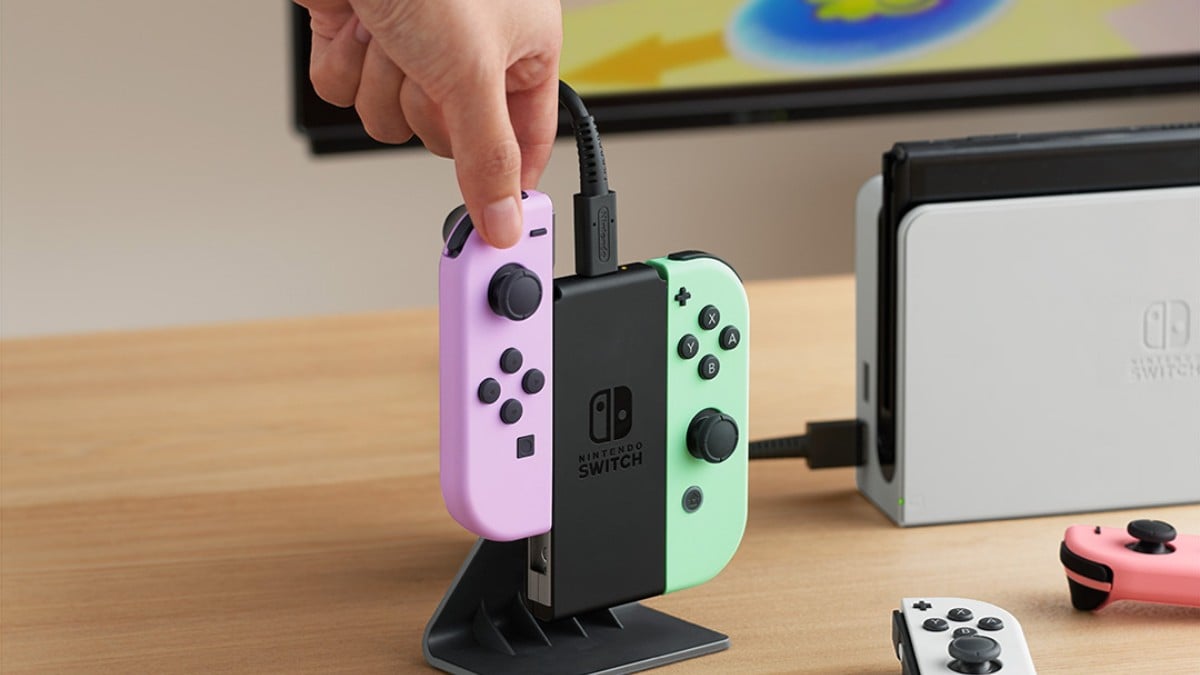Not many salaries are reported for video game voice actors and for good reason. They’re meager compared to what actors make in other mediums. Sure, some voiceover artists can negotiate hefty contracts, but there is typically no comparison, and that’s not a compliment.
In 2016, the Screen Actors Guild‐American Federation of Television and Radio Artists (SAG-AFTRA) held a 340-day strike for better compensation for game performers. At the time, legendary voice actor and union leader Phil LaMarr stated, “I’ve made more money from one episode of some crappy preschool cartoon than one of the biggest-selling video games of all time.”
In Sep. 2017, SAG-AFTRA settled with the video game industry on incremental rate increases, a bonus structure, improved transparency, and support for vocal stress. In 2020, the agreement was extended for two years. Then in September 2023, after a year of negotiations with video game companies, SAG-AFTRA voted to approve strike authorization for their members who work on video games. No actual strike has started (yet), though negotiations haven’t completely dissolved either, as of October 2023
With that said, here’s what video game voice actors get paid so far, and how the fight for equity has lasted on.
$4,000 for Bayonetta 3

Hellena Taylor spearheaded the October Revolution by announcing that she was offered just $4,000 to voice the English-language Bayonetta in Bayonetta 3. Since she had played the title character in both prior installments and helped the franchise gross hundreds of millions of dollars, Taylor was insulted. She rejected the offer and urged fans to boycott the game.
It’s not known whether Taylor is a member of SAG-AFTRA or if her $4,000 claim is accurate. Sources contacted by Bloomberg and Video Games Chronicle assert that Taylor was offered $3,000 to $4,000 for four to five sessions, totaling roughly $15,000. They also claim that she requested a six-figure payment plus residuals. Taylor denied those accusations.
However, had she made that request, it could have been deemed sensible, especially considering the idea of residuals, which could equalize pay between actors in video games and those in other mediums.
$100,000 for Grand Theft Auto IV

For playing the lead character, Niko Bellic, in 2008’s Grand Theft Auto IV, Michael Hollick received $100,000. That’s a much bigger sum than what Taylor was offered for Bayonetta. But it involved a lot more work — 15 months of voice and motion-capture performances.
Just like with Taylor and nearly all other video game actors, Hollick didn’t get residuals. And like Taylor, he spoke out against inequitable pay in the industry:
“It’s tough, when you see Grand Theft Auto IV out there as the biggest thing going right now when they’re making hundreds of millions of dollars, and we don’t see any of it. I don’t blame Rockstar [Grand Theft Auto‘s developer]. I blame our union for not having the agreements in place to protect the creative people who drive the sales of these games. Yes, the technology is important, but it’s the human performances within them that people really connect to, and I hope actors will get more respect for the work they do within those technologies.”
Hollick’s comments preceded the video game actors’ strike by several years, so SAG-AFTRA has since added greater protections to his profession. Still, despite decades of dissatisfaction, the union hasn’t been able to deliver for its members, residual pay in video game contracts.
Game developers justify this exemption for actors in their industry rather than in TV and film because they see them as a smaller part of the product. “What drives video games is not [actors],” said entertainment lawyer Ezra J. Doner. “What drives it is the conception of the creative director… It’s not like the star quality of Tom Cruise that’s getting people to buy that video game.”
Since actors aren’t considered the “stars” of video games, giving them residuals would embolden the “real stars” (programmers and designers) to demand their own. That would be a “slippery slope,” as economics professor David Smith put it.
$478.50 for an hour’s work

The current SAG-AFTRA rates for video game actors are $478.50 for one voice/one hour, with $319.00 for each additional voice, $956.75 for up to three voices/four-hour day, and $1,914.25 for 6-10 voices/6-hour day. The bonus system starts at $75 for one session and caps at $2,100 for 10.
Although they earn a higher hourly wage than virtually all other unionized workers, video game actors want financial security between their often short and sporadic gigs, which residuals would help provide. These rates are all from 2020 and have since expired on Nov. 7, 2022, so a new contract is certainly a priority. Whenever it finally is approved, perhaps it will finally contain residuals.








Published: Nov 27, 2023 03:28 pm